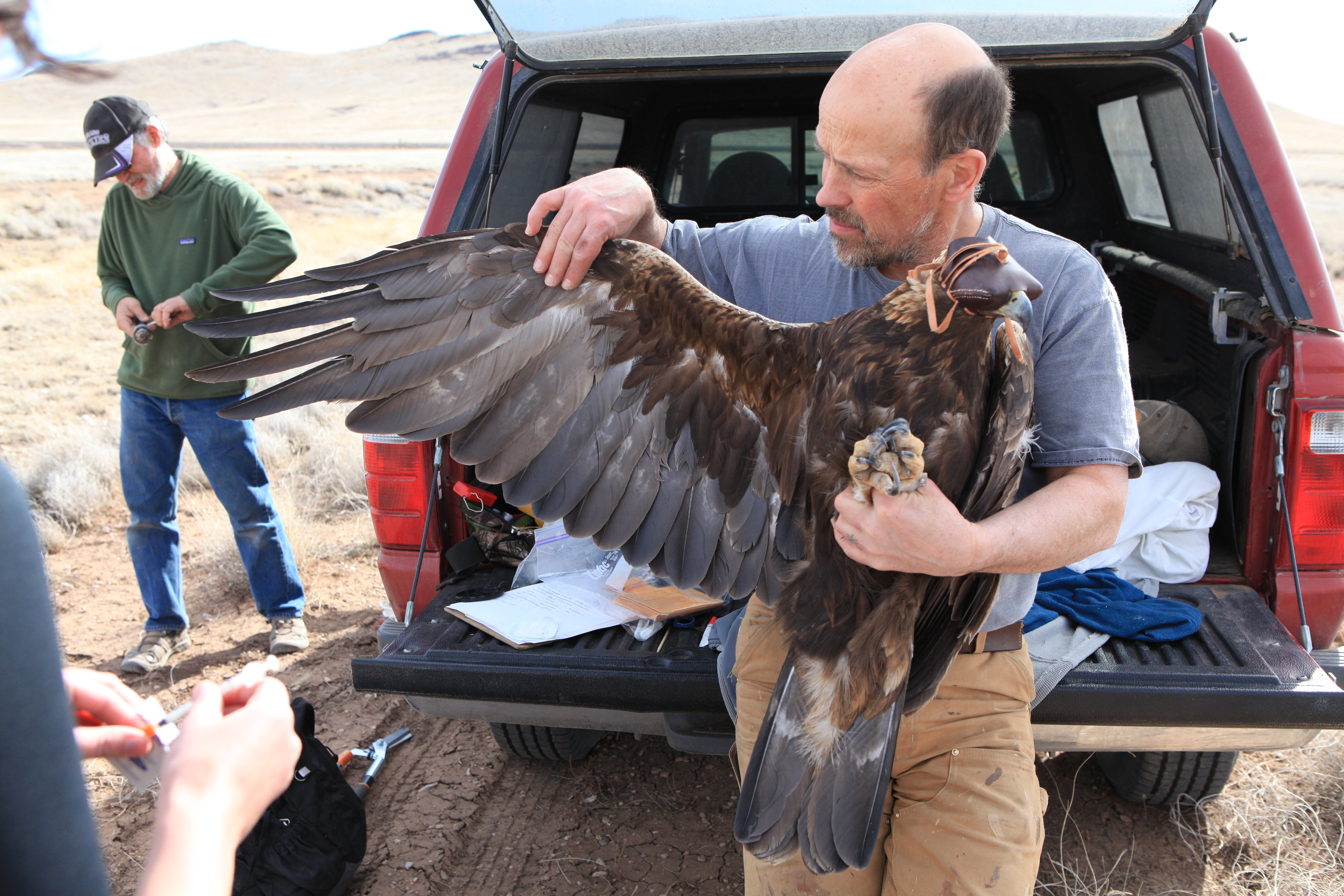
Adaptive management is a process that implements specific management practices, asesses the outcomes of those practices and then makes adjustments to the practices to better meet management objectives. Through the use of adaptive management, long-term management outcomes become better and better, based on feedback from actual implementation.
Adaptive management to minimize risk to eagle populations is particularly appropriate for projects such as wind energy operations, where the impacts of the activity on eagles are uncertain and management practices designed to reduce potential take have not been well-tested.
Such uncertainties include:
- Factors that affect risk to individual eagles
- Level of effects that influence population trends
- Effectiveness of various mitigation options
The goals of adaptive management are to reduce uncertainty, improve the ability to predict outcomes over time, and to make future management actions more effective based on past learning.
Adaptive Management of Individual Projects
For proposed activities where measures to reduce impacts to eagles are uncertain, actions that have the potential to reduce impacts, based on the best available science, can be applied experimentally. Here is how the process might look:
- A project developer or operator will implement all available avoidance and minimization measures.
- The Service and the project developer or operator will work together to develop other measures ("experimental measures") that might further reduce or eliminate risks to eagles, should they be needed.
- Specific trigger points (such as threshold of eagle use or an eagle fatality) will be specified in the permit. If the trigger point is reached, the experimental measures will be implemented.
- The permittee will monitor results and report all fatalities, disturbances, and other relevant information to the Service.
- The Service will conduct evaluations of each project every five years, reassessing fatality rates, effectiveness of measures to reduce take, the appropriate level of compensatory mitigation, and eagle population status.
One of the important advantages of adaptive management is that an individual project could be permitted that otherwise might produce too much risk to eagles.
Further, there is a collective benefit: after analyzing the results from a number of facilities where an experimental measure is being used, the Service will determine if that measure is effective in reducing eagle take. If so, it can be included as a best management practice, and be incorporated into future permits.
Things to consider
What do you see as opportunities, options, and/or limitations for the adaptive management approach?










